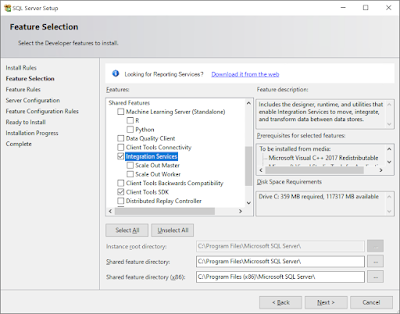Introduction:
In today's data-driven business landscape, having access to accurate and comprehensive insights is crucial for making informed decisions. As a business intelligence (BI) professional, you play a pivotal role in gathering and organizing data from various stakeholders across different teams. BigQuery, a powerful data warehouse, serves as an indispensable tool for querying, filtering, aggregating, and performing complex operations on large datasets. In this blog post, we will explore how Aviva, a BI professional, uses BigQuery to merge data from multiple stakeholders to answer important business questions for a fictitious coffee shop chain.
The Problem: Identifying Popular and Profitable Seasonal Menu Items
Aviva is tasked with helping the coffee shop chain's leadership identify the most popular and profitable items on their seasonal menus. By doing so, they can confidently make decisions regarding pricing, strategic promotions, and determining which items to retain, expand, or discontinue.
The Solution:
Data Extraction:
Aviva begins the data extraction process by identifying relevant data sources and preparing them for transformation and loading into BigQuery. To do this, she adopts the following strategies:
Meeting with Key Stakeholders: Aviva conducts a workshop with stakeholders to understand their objectives, the specific metrics they want to measure (e.g., sales metrics, marketing metrics, product performance metrics), and the sources of data they want to use (e.g., sales numbers, customer feedback, point of sales).
Observing Teams in Action: Aviva spends time observing stakeholders at work, asking questions about their activities, and understanding why certain information is essential for the organization.
Organize Data in BigQuery:
After completing the data extraction process, Aviva transforms the gathered data and loads it into BigQuery. Utilizing BigQuery, she designs a target table to consolidate and organize the data. This target table acts as the foundation for creating a final dashboard that stakeholders can review.
The Results:
The dashboard created using BigQuery provides stakeholders with valuable insights. They discover that peppermint-based products on their seasonal menus have experienced a decrease in popularity over the past few years, while cinnamon-based products have grown in popularity. Based on this data, stakeholders decide to retire three peppermint-based items and introduce new cinnamon-based offerings. Additionally, a promotional campaign is launched to highlight these new items.
Key Findings:
The use of BigQuery allows BI professionals like Aviva to obtain answers to critical business questions. By consolidating data in a target table and presenting it through an intuitive dashboard, stakeholders can easily access and understand the information, leading to more informed decisions on improving services, products, and seizing new opportunities.
Conclusion:
BigQuery's capabilities as a data warehouse provide BI professionals with the tools they need to derive actionable insights from vast and complex datasets. Aviva's success in using BigQuery to address the coffee shop chain's business questions exemplifies the value of this robust data analytics solution. As the landscape of data-driven decision-making continues to evolve, the role of BI professionals and tools like BigQuery will remain instrumental in driving business success.
Remember, data is the fuel that powers smart decision-making, and BigQuery is the engine that propels your organization forward into a data-driven future.


















